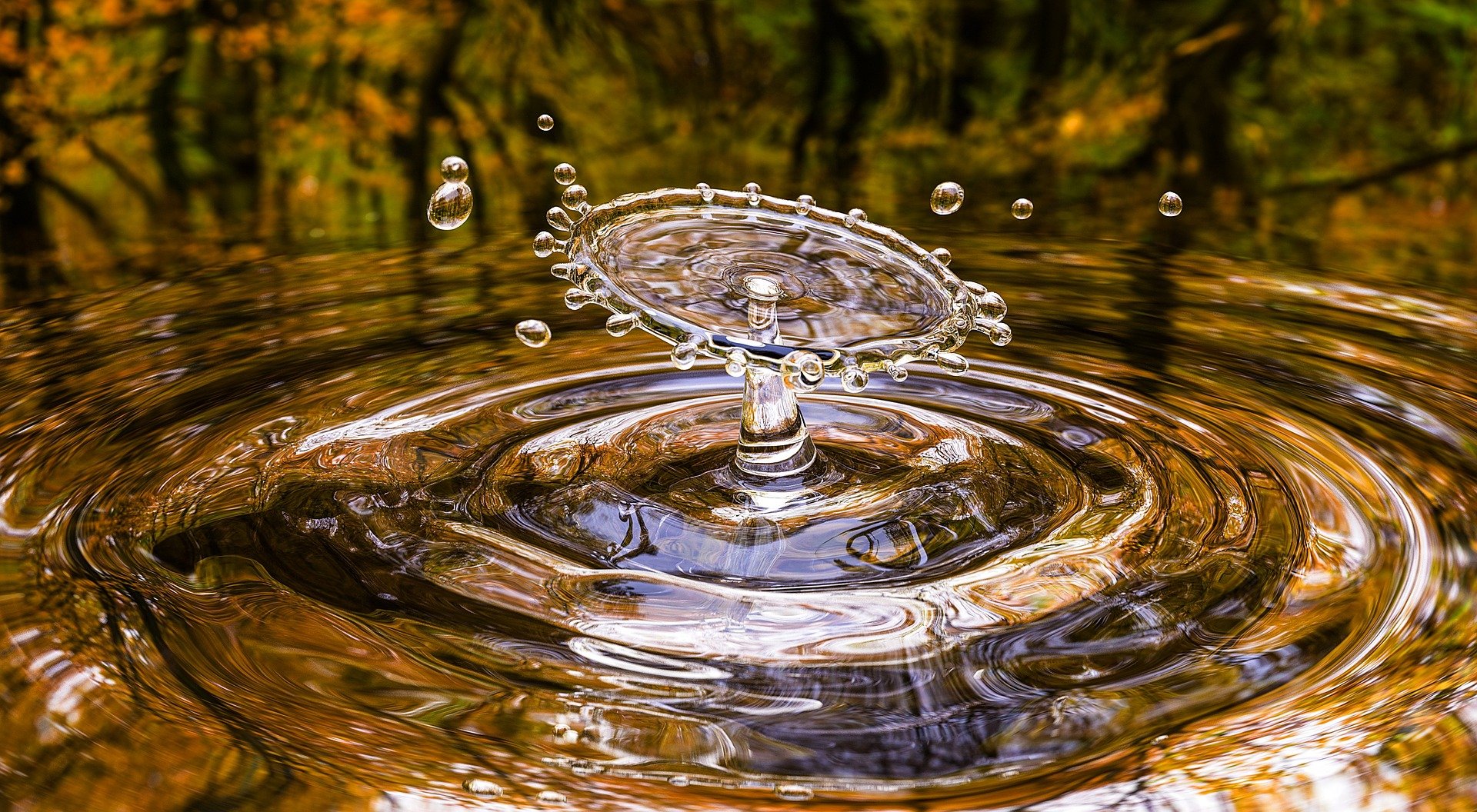The World of Subterranean Exploration
Reaching Water Beneath Our Feet

CALL EADES NOW 1 705 374 5480 | 1 877 270 9355 |  eMail
eMail
Q) I need a new drilled water well. Can you help me out ?
A) EADES WELL DRILLING will visit a site for free to assess the potential for drilling a well. We will be happy to assist you in making the best decision for you with multiple options.
Q) How do you know when you’ve hit water ?
A) Drilling for water can be likened to hunting. The driller is looking for “sign”. In this case, clean sand or gravel that may be water-bearing in the overburden or soft spots in the bedrock that may indicate cracks and crevices that can yield water. Careful observations and material sampling by the driller are required for the best result.
Q) How do you know where to drill ?
A) The Ministry of the Environment has minimum setbacks for water wells from any potential source of contamination. For a drilled well it is 50 ft, for a dug/bored well it is 100 ft. Mainly the concern on a rural property is any part of the septic system.
Other contamination concerns may be roads (salt), above ground fuel tanks, grey water discharge, garages and parking areas.
Q) What about Agricultural Water Wells ?
A) For a farm situation there are many more. In addition to these setbacks, the well must be located in a place that can be accessed in the future for maintenance and repair. It can’t be under overhead power lines (of course) or trees, and often locates for underground utilities must be undertaken to ensure all is clear for the bore-hole.
Q) What about drilling for water in low yield areas ?
A) If we are going to drill in an area where I believe that the chances of getting a decent flow are slim, will tell the client that in advance and make my terms clear to them.
Q) How do you know where there is water ?
A) The underlying problem with my trade is the implication that I have some kind of control over striking water but the reality is that I do not. Witching is fine and well but it is no guarantee. I can guarantee that we will drill a straight and plumb bore-hole and comply with all the MOE rules and regulations but I cannot guarantee water.
Q) Where did the rust come from ?
A) Rust color indicates Iron or Iron bacteria. Both very common and very normal in groundwater. It can be treated in-house.
Q) Water from the tap smells like rotten eggs. What do I do ?
A) Sulphur is also common in bedrock aquifers. It can be treated as well.
EADES WELL DRILLING have what you need to solve your problem.
We speak water…
Q) Water from the tap has a milky colour. Why is it cloudy ?
A) If it is cloudy then something is not right. It is our mandate to provide water that is clear. Cloudiness indicates the presence of silt and/or suspended particles that can clog filters very quickly.
Q) How deep does my well need to be ?
A) I generally provide a range of expected depths to a client based on comparable wells in the area but nothing is fast and firm in this trade. Conditions underground can change quickly so if there is a range of depths in a given area which may necessitate a deeper well.
Q) What will the water flow be like ?
A) Ultimately you don’t know this for sure until the well is completed, developed and test pumped. Comparison to wells in the area can suggest a range but until it’s in, we don’t know.
Q) What is the minimum flow rate ?
A) There are suggested minimum flow rates for domestic household use and some banks will want to see a minimum flow rate to provide a mortgage. It ranges from 3 to 5 gallons per minute.
Q) Can I fill my pool from my well ?
A) If your well is capable of sustained pumping for that long then you could. That being said, however, it is recommended to use municipal water to fill your swimming pools and or hot tub because it is already chlorinated and won’t have any minerals or bacteriological issues that may affect the colour and/or PH of the pool water.
Q) Can I use automatic landscape water sprinkler systems ?
Q) Yes you can. As long as the flow rate of the well can sustain the prolonged pumping. There is a vast range of pumps sizes and horsepower. If the well is capable, I generally like to provide 10 GPM to a client unless they have a system in the house that requires more (i.e. geothermal, on-demand hot water heater, pop-up sprinkler heads, etc.)
Q) Can my well water be 10,000 years old ?
A) Deep drilled wells are usually tapping into an aquifer that was deposited there during the glaciation of this area approximately 10 000 years ago. This water is unaffected by seasonal rainfalls and surface water so there is no change to flow rates. If you well is quite shallow however, it might not be.
Q) Can earth quakes felt in Ontario affect my well ?
A) Yes, an earth quake can have an effect on a well depending on the severity. Moment of tectonic plates create earthquakes.
Q) Is it true the earths crust moves under our feet ?
A) It is true, tectonic plates move about 7.5 cm a year. Moment of the tectonic plate may affect subterranean water flow.
